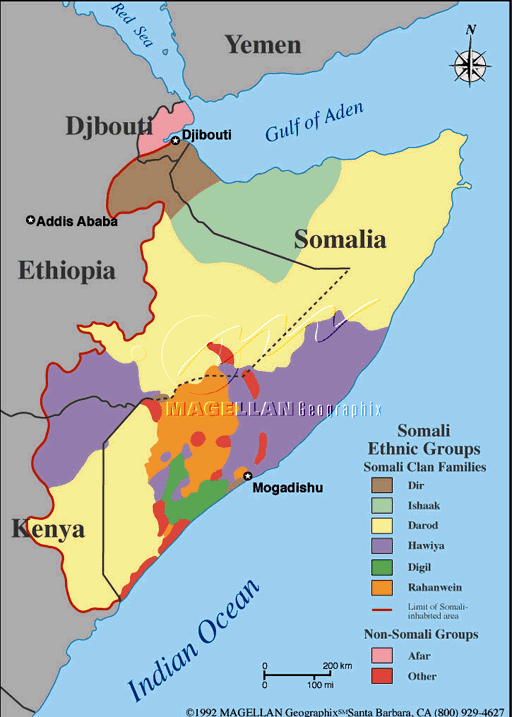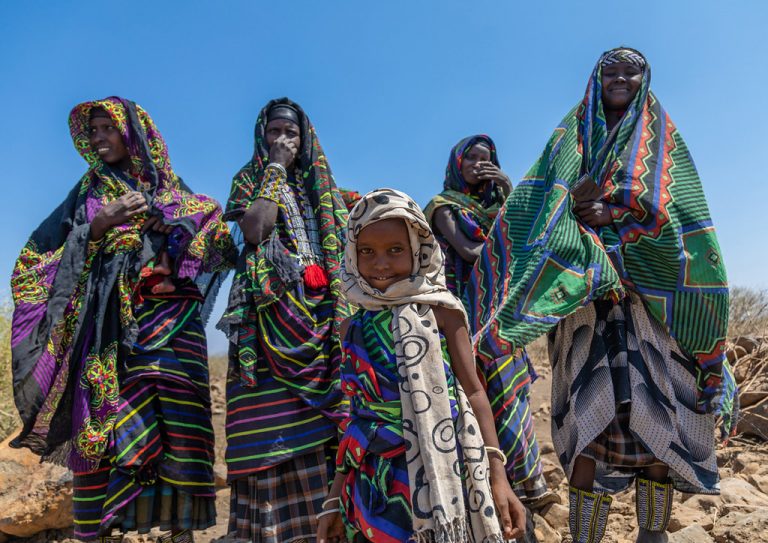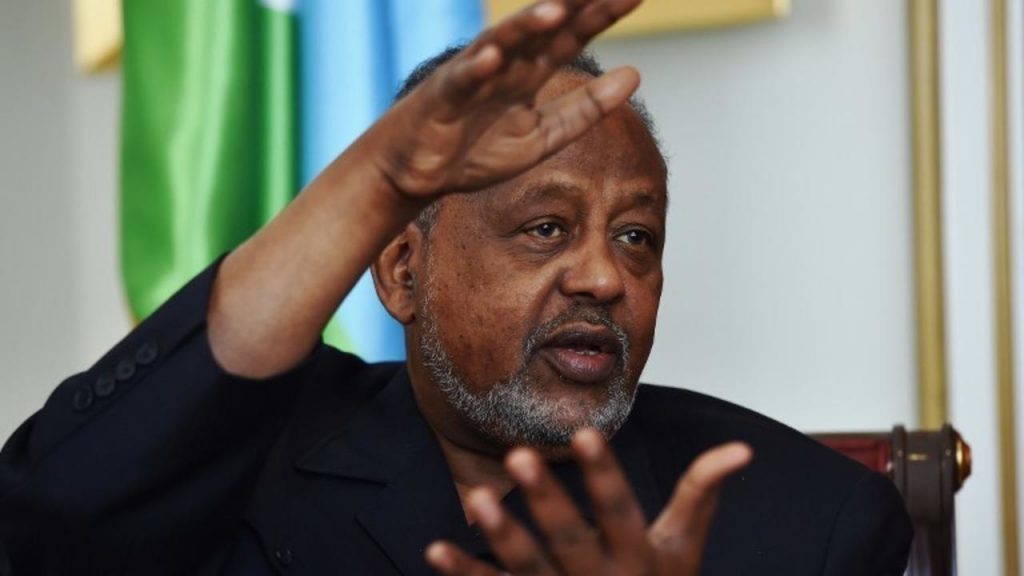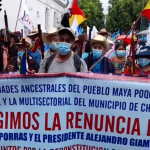With the war in Tigray starting to spill over into the Afar region, interethnic tensions have been resurfacing either side of the border between Ethiopia and Djibouti amid a struggle for control of the Addis-Djibouti corridor.
On August 3rd, in Djibouti three people died in clashes between members of the Afar and ethnic Somali Issa communities(in the cities of Balbala and Arhiba), which are majority in the country, according to the attorney general, Lamisse Mohamed Said.
He considered such acts of violence intolerable and assured the adoption of firm actions in line with current laws against all those who cause problems and commit these crimes in the country. Businesses, houses, and other buildings have also reportedly been destroyed. Unconfirmed reports suggest that security forces opened live ammunition fire on demonstrators in the Arhiba neighborhood.
The spate of violence in Djibouti appears to represent a spillover of tensions from neighboring Ethiopia, where clashes between ethnic Somalis and Afars are ongoing. There have been intense clashes between Afars and Somalis there. Previously, the authorities in Ethiopia’s Somali region accused Afars of massacring hundreds of civilians in the town of Gedamaytu.
The developments may repeat the scenario of the Afar insurgency, lasting from 1991 to 1994 and resulting in thousands of fatalities.
Conflict in the Afar-Horn is characterized by linkages among local, regional and international conflicts imbedded in historical and structural fault lines. One of those is the long standing Issa-Afar conflict that keeps channelling itself along ethnic fault lines and pulling state and none state actors into the local-regional spiral of violence. Existing networks of trade routes that transverse through uncontrolled clan territories serve as trajectory for theconflict. Besides, insurgencies roaming around buffer zone and illicit trade networks serve as supply lines of the arms. Competition to control those trade routes intensifies Issa-Afar confrontations. Moreover, interstate border conflicts and the dire need to secure access to the Red Sea and Indian Ocean ports invite heavy hand state intervention that scales up possibility of interstate war and hence regional instability. Furthermore, threat of international terrorist networks and radical Islamists as well as criminal networks visa-a-vise big power involvement in the Horn overlaps local, regional and global conflict dynamics. However, the underlying factor remains to be the ever worsening deterioration of livelihood engendered by structural marginalization and political oppression of the people of the Horn: pastoralists are the most affected. This pertains to Post-Cold War changes imparted on the nature of the region, the state and external involvement. In this respect the Afar-Horn states have undergone tremendous changes since the end of the Cold war that defined the changing face of conflicts.

In Djibouti, the politization of ethnicity has its roots into the colonial period. The French instilled ethnicity into Djibouti politics to postpone independence on grounds of ethno-national conflicts and social disarticulation. The exclusionary ethnic politics began to determine social and political relations since colonial period to date. Inter-Ethnic and inter-clan conflicts between Issa and Afar, Issa and Gadaburssi, and Issa and Issaq are the major ones that have political and economic correlates both at domestic power struggle as well as external referents in neighboring states. The trajectory of ethnic domino effect of Issa-Afar conflict in Djibouti is reflected in ethnic conflicts in the region: Issa and Afar in Ethiopia, Gadaburssi and Issaq in Somalia and Somali land respectively.
The struggle to maintain Issa dominance in Djibouti has justifications in their leading role for independence, as beingmore populous, despite the result of post-independence social reengineering.
Issa-Afar conflict has got its roots in the history of marginalization and oppression of the Afar people. Despite the nomadic egalitarianism and consensualism that characterized the Somali social system, the inter-clan conflict among Somali clan families accounts to the highly ethnified politics and polarization of identity. One of the Somali clans involved in sub-national and trans-national conflicts with the Afar are the Issa-Somali clan. The continued dominance of the Issa over the Afar since independence of Djibouti and the trans-national character of conflicting groups link local conflicts to regional system of conflict.
The degree of polarization of identity in Issa-Afar conflict is so immense that shared identity markers, social institutions, way of life, beliefs and values are rendered fragile in the face of violent confrontation.
In the Issa world view every yard the Issa and its cattle set feet on belongs to the Issa, as often seasonal migration in search of grazing and water points leaves new Issa permanent establishments which in time turn in to contraband trade destinations and finally Issa self administrative units. The track stop contraband centres at Qunduffo, Adaytu and Gedamaytu along the Awash- Djibouti tarmac road, used to be the hot spots of Issa-Afar violence,currently under Issa control, and emerged due to the same dynamics of resourcing borders.
The Waedick Issa clan family in Djibouti is in the center of historically evolved ethnic fusion of the Afar and Issa. The Ugas, the supreme traditional authority of the Issa, is by tradition elected from the Wardick clan family which is source of honor and influence to its members. Despite living in different states the Issa pay their unfaltering allegiance to the one and only supreme authority of the Ugas, as they are unified by the Ugas and obey his ruling more than any sovereign state constellations they formed part.
Issa-Afar conflict in Djibouti politics has politico-economic referents represented by Issa monopoly of political power and ethno-regional dimension that integrate Afar-Horn states and community groups.
- The land dispute between Afar and Issa tribes lies behind the recurrent clashes between the two groups in the Afar region.
- The three contested kebeles along the Afar/Somali regional border are predominately inhabited by ethnic Somali Issa while being located within the Afar regional boundary.
- The longstanding tension is rooted in the Issa inhabitants’ desire to be part of the Somali Region while the Afar authorities consider the area as an integral part of the Afar Region.
- The 2014 agreement between the two regional Governments that recognized a ‘special kebele status’ for these areas has not been able to resolve the issue, given the opposition of the Ugas (leader) of the Issa tribe.
Insecurity severely undermines access in the area, with partners not being able to adequately reach the people-inneed.
The land dispute concerns the following three kebeles along with border areas between Afar’s zones 1 and 3 and Somali’s Sitti Zone: Adaytu of Mille woreda, Undufo of Gewane woreda, and Gedamaytu of Amibara woreda. These kebeles are predominately inhabited by the ethnic Somali Issa clan and hold strategic importance due to their locations along the highway between Addis Ababa, Djibouti, and the Assab port in Eritrea.
The tension between Afar and Issa tribes over the contested area dates back at least decades, with the Issa inhabitants, backed by Somali authorities, desiring to be part of the Sitti Zone (Somali Region), while the Afar considered the area to be an integral part of the Afar Region. In 2014, the then regional presidents of the Afar and Somali Regions met in Awash to address the longstanding dispute and signed the document recognizing the three kebeles as special kebeles within the Afar regional boundary. The agreement was also signed by the Ministry of Federal and Pastoralist Development Affairs, in the presence of the Deputy Prime Minister.
The agreement, however, was disputed by the Ugas (leader) of the Issa, which eventually led to the resumption of violence. The conflict has been ongoing for the past three years, particularly since 2018 when the people in the designated special kebeles rejected their integration into Afar Region and demanded to be part of the Sitti Zone in the Somali Region.
The ongoing conflict between Afar and Issa presents significant access challenges and will likely affect the movement of humanitarian supplies between the ports of Djibouti and Assab.





